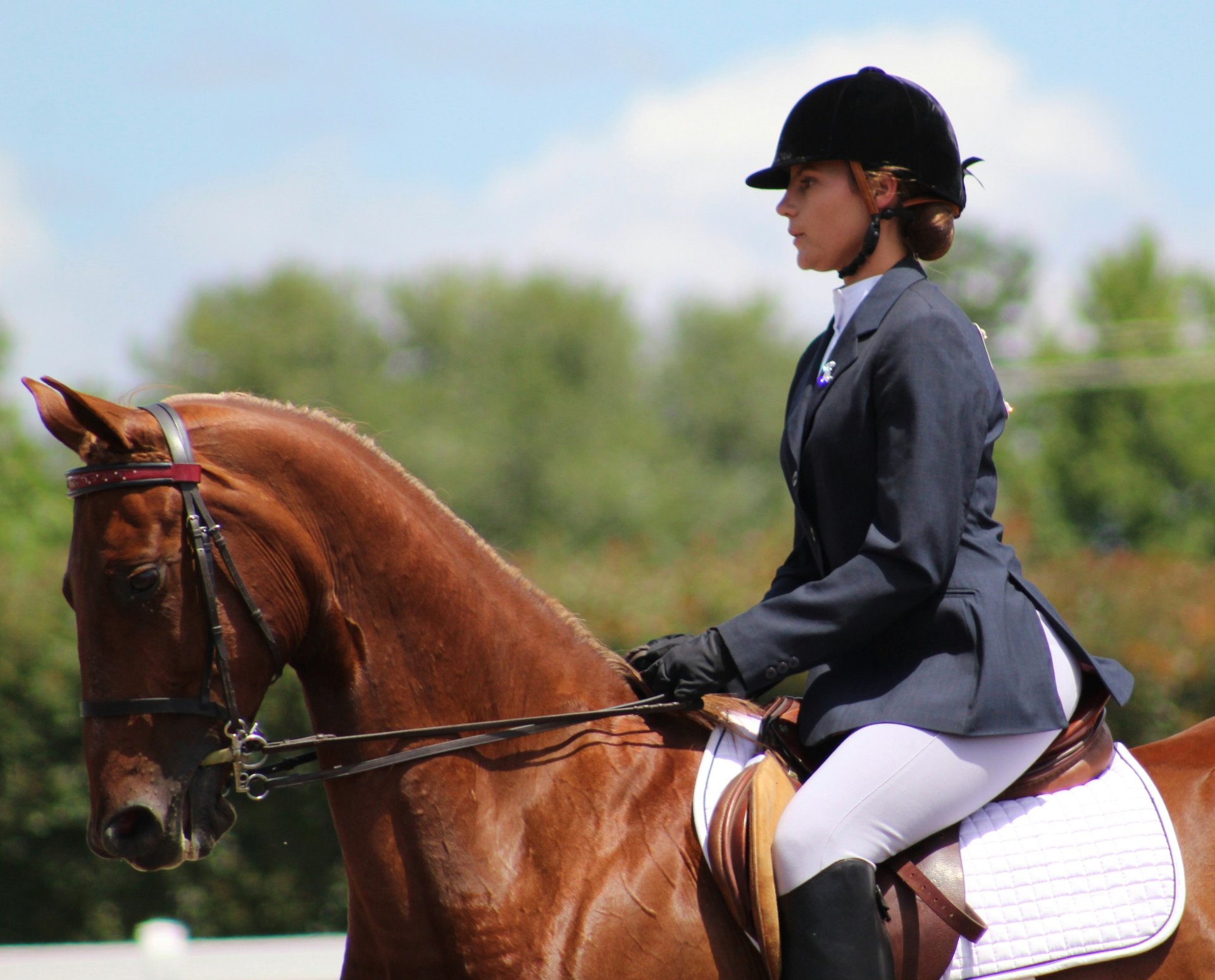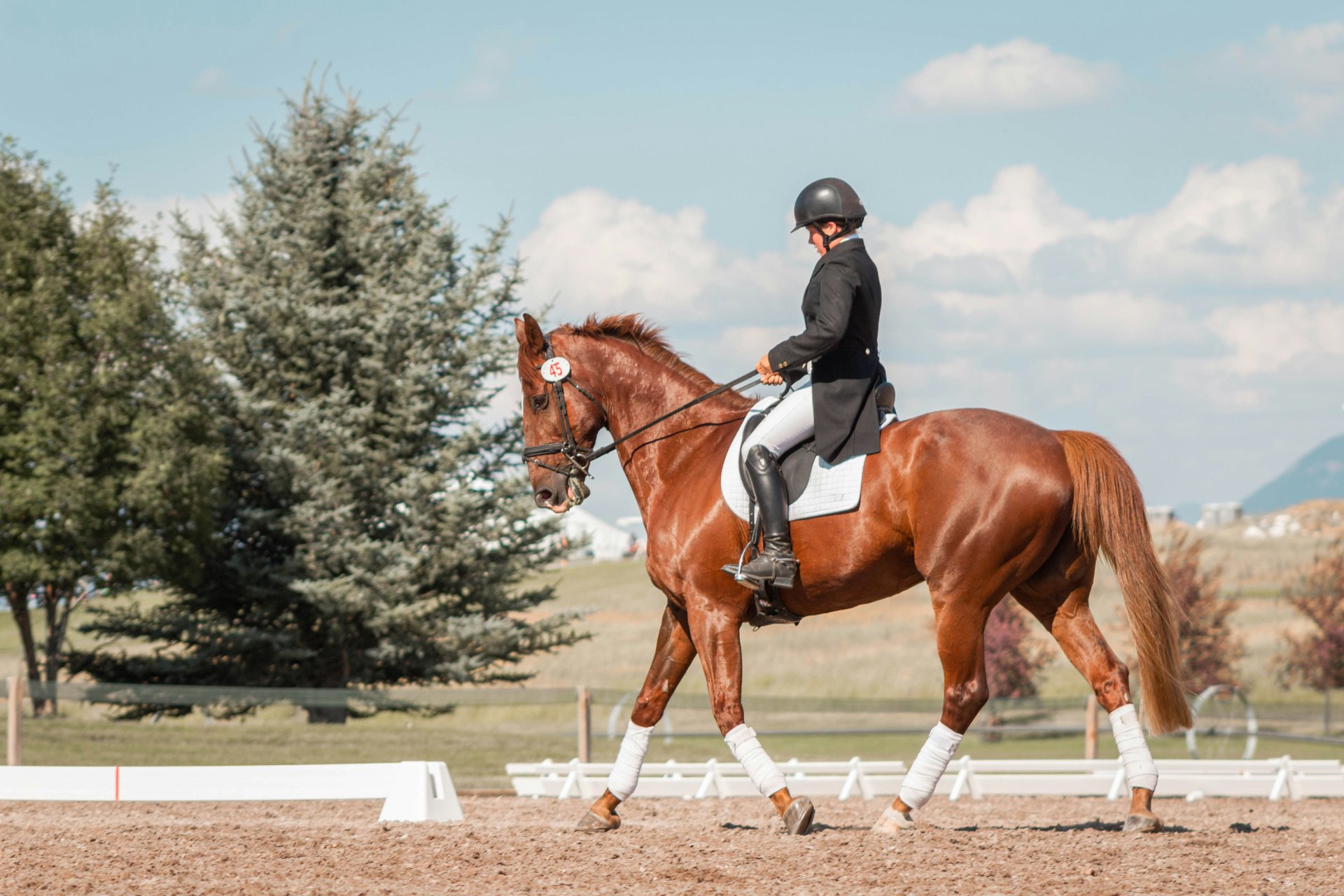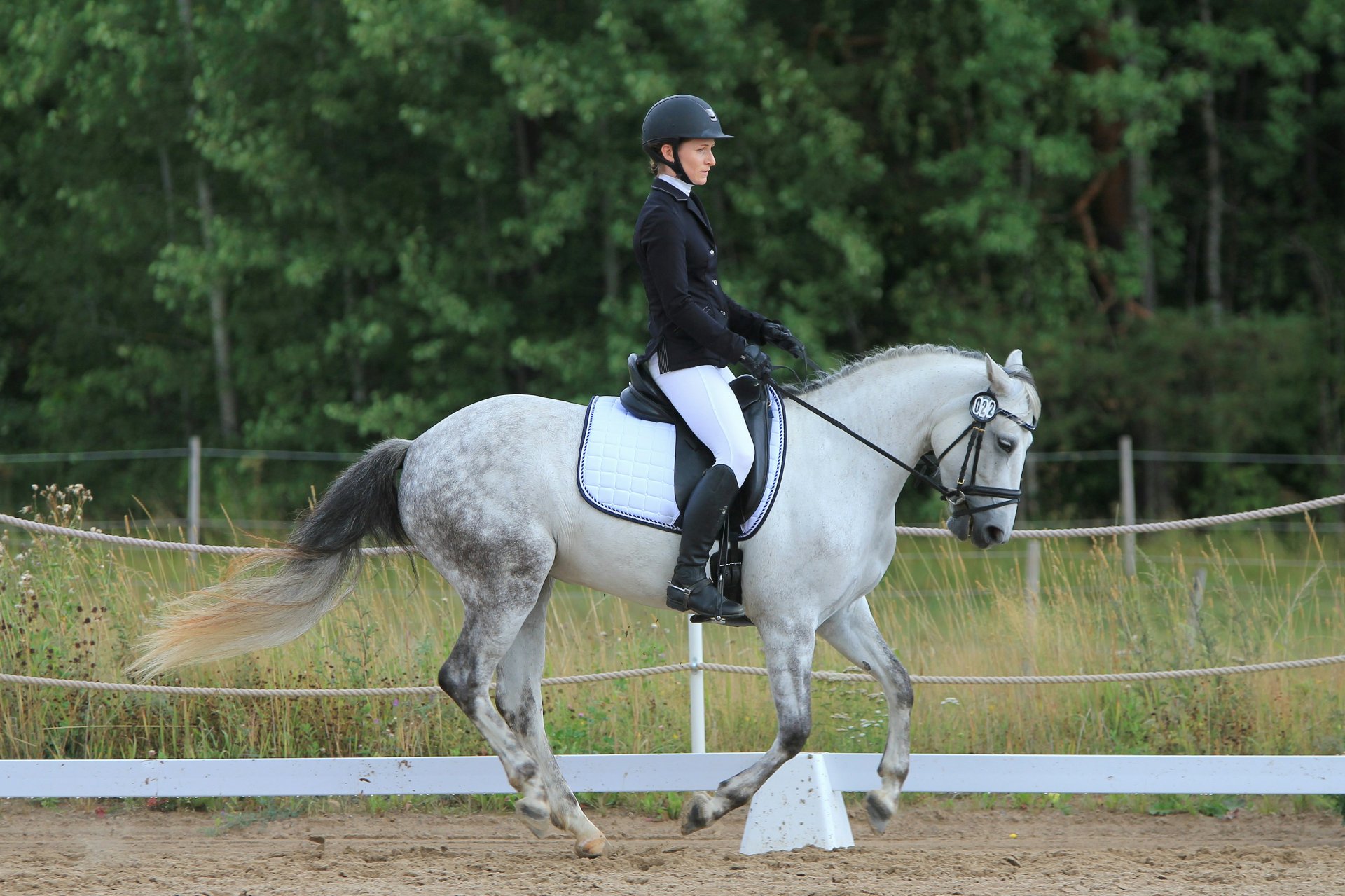
In the world of equestrian sports, few disciplines capture the blend of sheer power, graceful elegance, and profound partnership quite like Dressage. Often described as "horse ballet" or a "moving meditation," Dressage is the ultimate expression of equine training. It is where the raw power of a horse is refined into a symphony of precise, fluid movements, all performed in seemingly effortless harmony with its rider.
But for those of us who live and breathe equine craftsmanship, we see something more. We see that this breathtaking ballet begins long before the horse and rider enter the hallowed ground of the arena. It begins in the quiet focus of the workshop, where the quality of a stitch, the curve of a saddle tree, and the choice of leather directly influence the poetry we witness in the competition.
This is the story of Dressage—its history, its levels, and the unsung role that superior tack plays in achieving equestrian excellence.
The Historical Roots: From Battlefield to Ballroom
The term "Dressage" itself is derived from the French word dresser, meaning "to train." Its origins are not found in the sporting arenas of today, but on the ancient battlefields of Greece and Renaissance Europe. The Greeks, notably Xenophon, whose writings On Horsemanship remain relevant today, understood that a responsive, agile, and balanced horse was a matter of life and death for a cavalry soldier.
These military training methods were designed to develop a horse's obedience, strength, and agility—enabling it to perform complex maneuvers to evade attacks, position for a strike, or make a rapid retreat. The collected trot, the fluid lateral movements, and the explosive pirouettes we admire today were once vital battlefield skills.
Over centuries, as the practical need for cavalry faded, this training evolved into an art form. It became a pursuit of perfection for its own sake, a demonstration of the highest level of communication and understanding between human and horse. The manicured fields of war transformed into the pristine, rectangular sand arenas of international sport, governed by the Fédération Equestre Internationale (FEI).
The Pyramid of Training: The Blueprint for Harmony
At the heart of all Dressage training, from the eager young pony to the Grand Prix champion, lies the German Training Scale. This pyramid of six interdependent principles provides a systematic roadmap for developing a happy, athletic, and willing equine partner.
1. Rhythm (Takt): The foundation. This refers to the regularity, clarity, and tempo of the horse's footsteps in each gait—walk, trot, and canter. The rhythm must be pure and maintained throughout the work.
2. Relaxation (Losgelassenheit): The absence of physical and mental tension. A relaxed horse swings its back, chews softly on the bit, and moves with a flowing, elastic stride. This is where comfort in tack is non-negotiable; any pinching or pressure destroys relaxation.
3. Contact (Anlehnung): The soft, consistent connection from the horse's hindquarters, over its back, through the neck, to the rider's hands via the reins. It is a "living" connection, not a passive hanging or a forceful pulling.
4. Impulsion (Schwung): The stored energy, originating from the hind legs, that propels the horse forward. It is the engine room of the movement, giving it power, suspension, and expression.
5. Straightness (Geraderichten): A correctly straight horse has its hind legs following the track of its front legs on straight and curved lines. This ensures even weight distribution and optimal use of the hindquarters.
6. Collection (Versammlung): The pinnacle. Collection is the shortening of the horse's frame, where the hindquarters are engaged further under the body, lightening the forehand and elevating the movement. It is the culmination of all the previous steps, allowing for the most advanced movements.

A Journey Through the Levels: From Novice to Grand Prix
Dressage is a journey of progressive mastery, with each competitive level introducing new demands and complexities.
● Introductory Levels: Here, the focus is on the basics: a steady rhythm, a willing halt, and smooth transitions between gaits. The horse must demonstrate it is calm, forward, and straight.
● Training to Second Level: This is where the foundation is solidified. The horse begins to work in a more rounded frame ("on the bit"). Movements like leg-yielding, shoulder-in, and simple lead changes are introduced, developing the horse's suppleness and responsiveness to the rider's aids.
● Third and Fourth Level (FEI Prix St. Georges & Intermediaire I): We now enter the international levels of FEI. The demands skyrocket with the introduction of collection and extension. Movements like half-passes (trotting and cantering diagonally), flying changes every fourth stride, and pirouettes (a 360-degree turn on the haunches) become the standard. This is where the partnership is tested, and the need for tack that allows for nuanced communication is critical.
● Grand Prix: The zenith of Dressage. This is the level of the Olympic Games and World Equestrian Games. The tests include the breathtaking "airs above the ground," such as the Piaffe (a highly collected, rhythmic trot in place) and the Passage (a slow-motion, highly suspended trot that appears to defy gravity). The one-tempi flying changes (a change of lead with every single stride) are a blur of power and precision. At this level, the margin for error is zero, and every piece of equipment must perform flawlessly.
The Unsung Hero: The Role of Superior Tack in Dressage Success
This is where our passion as craftsmen intersects with the athlete's pursuit of glory. The harmony between horse and rider is a delicate ecosystem, and ill-fitting or poorly designed equipment is the quickest way to disrupt it.
● The Dressage Saddle: Unlike a jumping saddle, a Dressage saddle is designed with a deep seat, long, straight flaps, and large knee blocks. This allows the rider to sit deeply and maintain a long, elegant leg position, providing a stable, balanced base of support. The saddle's tree must distribute the rider's weight evenly without bridging or pinching the horse's withers and back. A horse that is uncomfortable in its saddle will never achieve true relaxation or swing through its back—the very conduit of impulsion
● The Bridle and Bit: The double bridle, used in upper-level Dressage, employs both a bradoon and a curb bit to allow for refined communication. The quality of the leather is paramount; it must be soft yet durable, molding to the horse's head without causing rubs. The bit must fit the horse's mouth conformation perfectly. At our factory, we understand that the bit is not a tool of control, but an instrument of conversation. A poorly fitted bit causes pain, resistance, and a breakdown in the all-important contact.
● Saddle Pads and Boots: Even the saddle pad plays a role. It must provide adequate cushioning and moisture-wicking properties without bulk that could interfere with the saddle's fit. Protective boots, while not always used in the competition arena, are essential for training, safeguarding the horse's delicate tendons and ligaments.
When a horse is equipped with tack that is comfortable, correctly fitted, and crafted from the finest materials, it is free to perform. It can trust the rider's aids, relax into the contact, and unleash the powerful, expressive movement that Dressage judges reward.
The Judging Criteria: What Are They Looking For?
Dressage tests are scored by judges who sit at specific letters around the arena. Each movement is scored on a scale from 0 (not executed) to 10 (excellent). Additionally, four collective marks are given at the end for:
● Gaits: The quality and innate rhythm of the walk, trot, and canter.
● Impulsion: The desire to move forward, elasticity of the steps, and engagement of the hindquarters.
● Submission: The horse's attention, confidence, and harmony with the rider.
● Rider's Position and Seat: The effectiveness and correctness of the rider's aids.
The pursuit of high marks is the pursuit of perfect harmony—a goal that is unattainable without a foundation of trust, built through correct training and supported by impeccable equipment.

Conclusion: More Than a Sport, A Partnership Forged in Quality
Dressage is the ultimate celebration of the horse. It is a discipline that demands patience, empathy, and an unwavering commitment to the principles of classical training. But as we watch a Grand Prix pair float through a Passage or explode into a series of one-tempis, let us remember the invisible foundation.
The harmony we see is a chain, and every link must be strong. It begins with the rider's skill, is built upon the horse's training and well-being, and is fundamentally enabled by the quality of the tack that connects them. As a factory dedicated to the art of equine equipment, we are proud to craft the tools that allow this beautiful partnership to flourish. Because in the end, Dressage isn't just a ballet on horseback—it's a masterpiece, and every masterpiece requires the finest tools.